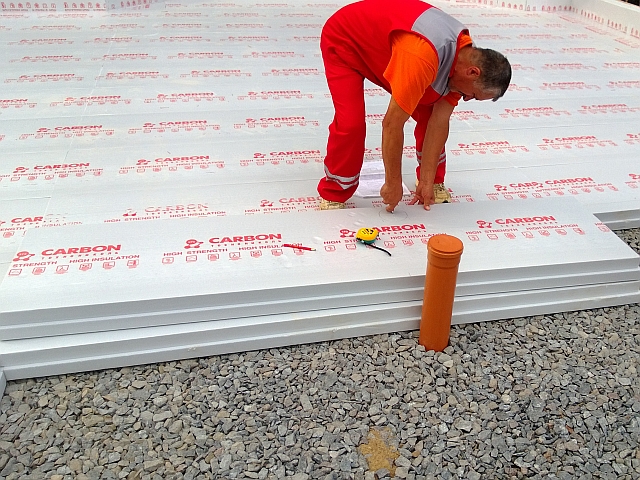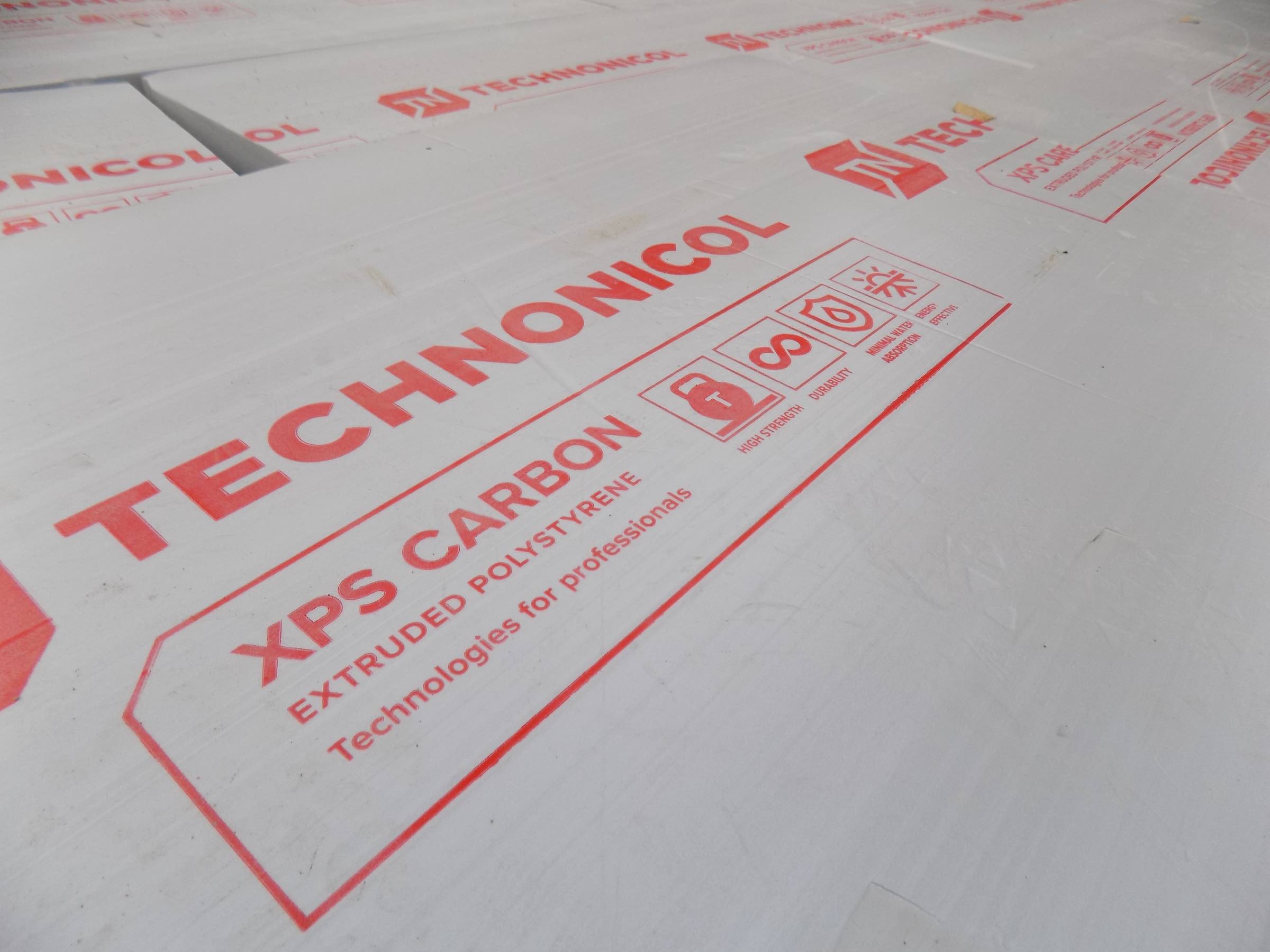Floor insulation in construction and building design, is a relatively new phenomenon. However, it’s becoming increasingly important for reducing energy use in domestic, commercial and industrial buildings.
There are multiple kinds of rigid insulation materials with different performance characteristics. It’s essential to understand these differences if you’re considering ground floor insulation in your next project to ensure it has the right water-resistance, insulation and compressive strength characteristics for the application.
Which Material Offers the Best Thermal Efficiency?
Floor insulation’s primary function is to resist the flow of heat energy from the building’s interior down into the ground. Rigid insulation materials are mainly lightweight, plastic-based rigid foam insulations. Their thermal performance varies significantly however.
XPS foam insulation provides superior thermal conductivity performance because it features a high density, closed-cell construction. This means there are no tiny voids or spacing between the polystyrene cells, limiting heat transfer. Other insulation types like EPS have irregular gaps or pockets of air, which conduct heat. The higher the density of the insulation, the better thermal conductivity performance it offers.
The Importance of Compressive Strength
Of course, floors also bear the load of people, furniture, fixtures, fittings and occasionally vehicles in a building. These static and dynamic loads must be taken into account when selecting floor insulation. These loads transfer through the floor insulation along with the weight of any screed or slab placed over it, meaning it must be sufficiently strong while offering optimal thermal performance.
Any compressible materials are unsuitable. The key is to use rigid insulation materials, typically sold as boards or panels. Rigid insulation boards are capable of bearing heavy loads with relative ease, while coming in a format that makes them easy to install over the floor’s surface area. XPS foam insulation once again exceeds other insulation types in compressive strength performance. The uniformly distributed closed cells in XPS foam insulation is once again what makes it highly durable.
Water Resistance is also Essential
While all types of insulation need to be kept away from water, there are huge variations in how each type of material deals with moisture and water absorption from things like humidity, dew and freeze-thaw cycles. For example, EPS insulation isn’t recommended in any application where temperatures get below freezing. The freeze-thaw cycle causes any moisture that penetrates the voids to expand and break the bonds between the beads.
XPS foam insulation, on the other hand, is unique in being able to tolerate wet environments. Water resistance is essential for thermal efficiency as water is a big conductor of heat. Whether installed directly in contact with the ground or above the waterproofing layer in roofing construction, XPS foam insulation performs consistently and predictably in both wet and dry conditions.
XPS Foam Insulation – The Ideal Choice for Floors
As illustrated, XPS foam insulation is the ideal choice for ground floor insulation due to it’s high compressive strength, low moisture absorption, long working life and resistance to decay. XPS foam insulation has become the preferred insulating material for a wide range of applications, from cold storage construction to apartment buildings, thanks to the superior characteristics it offers:
- Superior insulating characteristics
- Resistance to water and water vapour
- Freeze-thaw cycle resistance
- Superb compressive strength
- Long-term durability
- Great long-term R-value
XPS foam insulation is also 100% recyclable, lightweight and easy to work with. It’s the ideal solution when you need insulating boards that are resistant to temperature extremes and won’t swell, shrink or absorb moisture.
Technonicol XPS Foam Insulation Boards Supplied by Plastek
Technonicol’s Carbon XPS foam insulation series is ideal for civil, residential, commercial and industrial building and construction insulation, including floor insulation. At PLASTEK, we supply a range of Technonicol Carbon XPS foam insulation boards depending on the compressive strength specifications required. We’ll help assess the needs of your project and recommend the most appropriate solution.
Related Questions
How thick does ground floor insulation need to be?
You should insulate floors using at least 50 mm of high-performance XPS foam insulation. However, this varies depending on floor type, loads, construction, shape and size.
What is the Australian standard for insulation?
All insulation materials that are sold in Australia must meet Australian Standard AS/NZS 4859, materials for the thermal insulation of buildings, even if they are imported. Compare the environmental benefits of different products.
How do you approach insulating concrete floors?
You can insulate a concrete floor by placing a strong, water-resistant rigid insulation material like XPS foam beneath the concrete slab to prevent thermal loss through the ground.


Leave A Comment